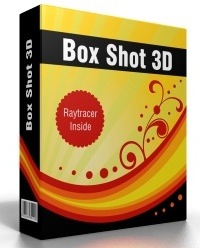UI LABS (uilabs.org) and The Augmented Reality for Enterprise Alliance (AREA) have released first augmented reality (AR) hardware and software functional requirements guidelines, which will help AR technology companies develop products for industrial users.
These AR functional requirements documents are designed to lead to technology that improves the performance and efficiency for manufacturers in a number of areas, including employee training and safety; factory floor and field services operations; machine assembly, inspection and repair; manufacturing space and product design; and much more.
Lockheed Martin, Caterpillar and Procter & Gamble initiated the guidelines development process as part of a project through the Digital Manufacturing and Design Innovation Institute (DMDII), a UI LABS collaboration. Recently, 65 organizations — including industry, AR providers, universities, and government agencies — came together for a workshop to offer insight into their challenges and needs to further develop the guidelines.
Augmented reality superimposes computer-generated content on a user’s view of the real world, using glasses, headsets or tablets to provide a composite view. Unlike virtual reality, which creates a totally artificial environment, AR retains the existing environment and displays new information on top of it. The global AR market is expected to exceed $95 billion by 2023, according to a recent Credence Research report. Big Market Research reports that the global augmented reality and virtual reality gear market will grow at a compound annual growth rate of 37.45% between 2017-2021.
“Augmented reality has immense potential to transform manufacturing, and early adopters are seeing impressive productivity and quality improvements,” said Thomas McDermott, executive director of DMDII. “However, wide adoption of this technology requires collaboration among the industrial companies operating on the front lines and the AR providers designing solutions to ensure the technology under development meets the needs of industry.”
The AREA (www.thearea.org), a membership-funded alliance helping to accelerate the adoption of enterprise AR, will be responsible for the ongoing development, maintenance and updating of the documents produced through this initiative.
“For the first time, industry — both suppliers and users in the AR space — will have access to a benchmark set of requirements that will help them develop a roadmap and source, select, evaluate and deploy augmented reality solutions,” said Mark Sage, executive director of AREA. “These functional requirements will be used to help continue the development of the AR ecosystem, and AREA is looking forward to communicating and driving future changes.”
The functional requirements were created in March at the DMDII workshop, whose participants included the three project leads — Lockheed Martin, Caterpillar and Procter & Gamble — along with Microsoft, General Electric, Rolls-Royce, Dow Chemical, Intel, the US Air Force, Stanley Black & Decker, Johnson & Johnson, Newport News Shipbuilding, Boeing, Northrop Grumman, DAQRI, Upskill, Optech 4D, ScopeAR, IQagent, Six 15 and Real Wear along with others.


